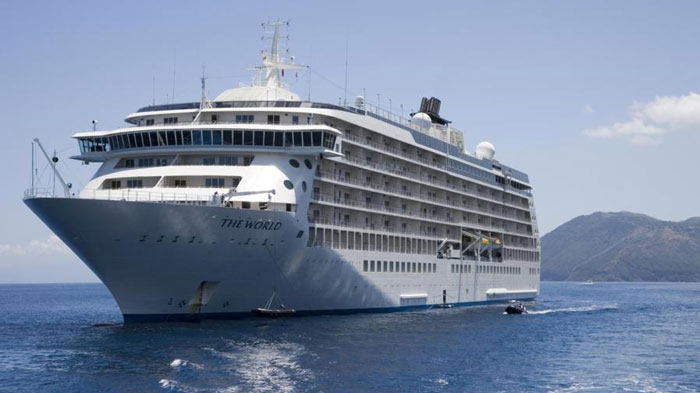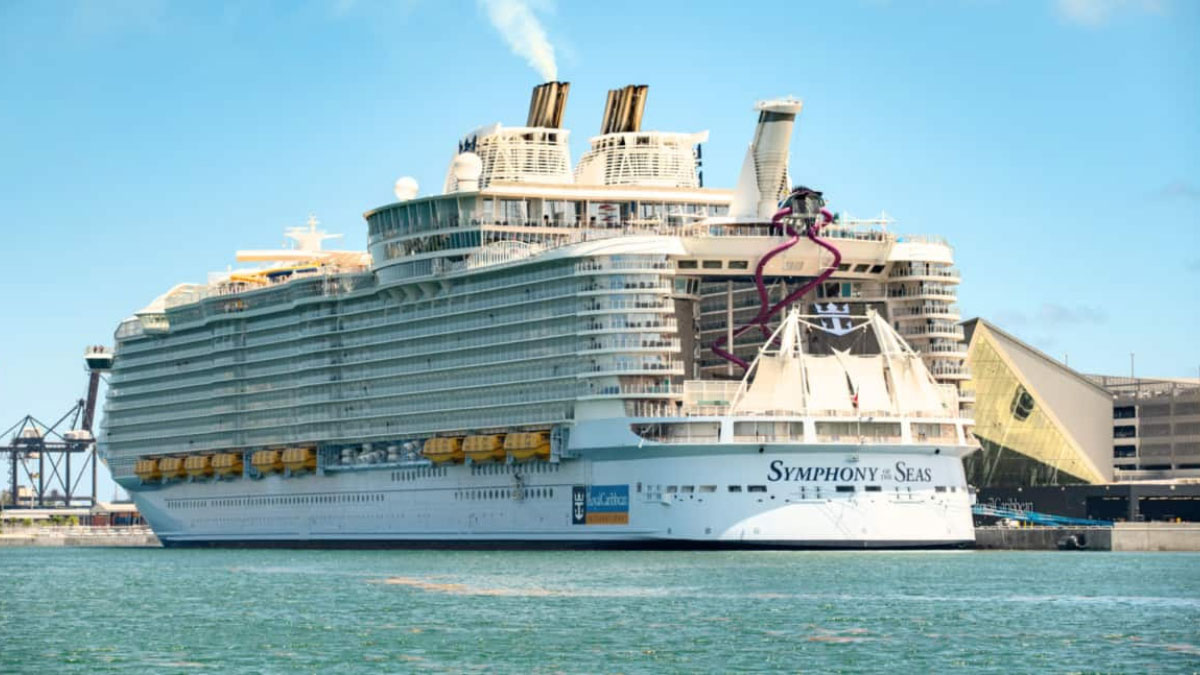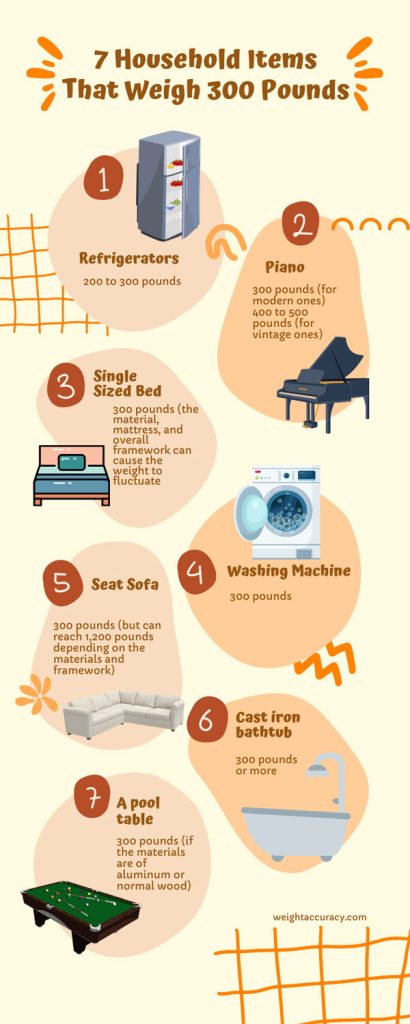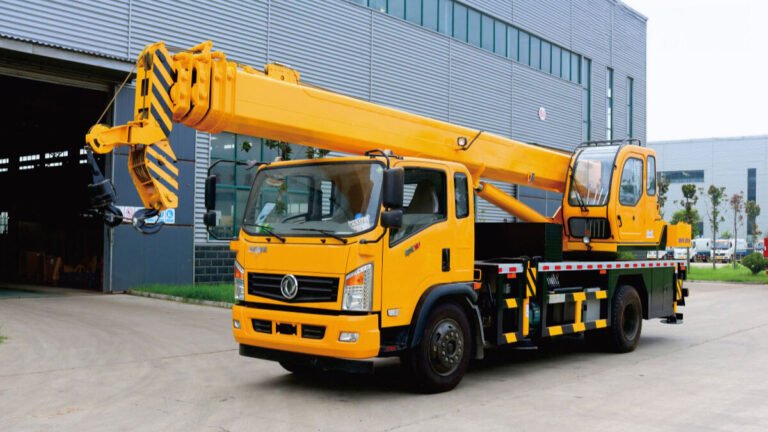How Much Do Cruise Ships Weigh? Expert Analysis
Cruise ships are engineering marvels that combine massive size with incredible buoyancy. Understanding their weight involves complex measurements and specialized terminology unique to the maritime industry.
Understanding Cruise Ship Weight Measurements
The weight of cruise ships isn’t measured in traditional pounds or kilograms, but rather in gross tonnage (GT), which measures the ship’s internal volume. One gross ton equals 100 cubic feet of enclosed space[2]. Modern large cruise ships typically average around 200,000 GT[2].
Displacement vs. Gross Tonnage
While gross tonnage measures volume, displacement refers to the actual weight of water the ship pushes aside to float. Cruise ships must displace an amount of water equal to their weight, typically resting less than 10 meters below the surface[2].

The World’s Heaviest Cruise Ships
The cruise industry continues to push boundaries with increasingly massive vessels. Here are the current weight champions:
- Icon of the Seas: 248,663 GT – The current record holder[1]
- Symphony of the Seas: 228,081 GT – A former record holder[1]
- Allure of the Seas: 225,282 GT – Still among the heaviest[1]
Engineering and Design Considerations
Modern cruise ships use thinner steel compared to traditional ocean liners while maintaining structural integrity. Their design allows them to:
- Efficiently displace water
- Maintain stability in rough seas
- Navigate through various water depths
- Achieve cruising speeds of up to 22 knots[1]
Size Comparison
To put cruise ship weights in perspective, the Symphony of the Seas is approximately 30 meters longer than US Nimitz-class aircraft carriers[1]. This demonstrates the remarkable evolution of cruise ship engineering since the early days of passenger vessels.
Historical Context
The progression in cruise ship weight is remarkable:
- RMS Titanic (1912): 46,328 GT
- Queen Mary 2 (2004): 149,215 GT
- Current largest ships: Over 200,000 GT[3]
Components Contributing to Weight
The total weight of a cruise ship comprises numerous elements, each serving specific functions. Understanding these components helps explain why modern cruise ships are so massive.
Structural Elements
The ship’s basic structure accounts for approximately 50% of its total weight, including:
- Hull plating and framework
- Internal decking systems
- Support beams and structural reinforcements
- Bulkheads and compartments
Operational Systems
Essential systems contribute significantly to the overall weight:
- Propulsion systems and engines
- Fuel storage tanks
- Water treatment facilities
- HVAC systems
- Electrical generators
- Safety equipment
Passenger Amenities
Modern cruise ships carry extensive entertainment facilities adding substantial weight:
- Swimming pools (approximately 100-150 tons each when filled)
- Theater equipment and stages
- Restaurants and kitchens
- Sports facilities
- Shopping centers
Weight Distribution
Proper weight distribution is crucial for vessel stability. Engineers must consider:
Vertical Weight Distribution
- Heavy machinery positioned low in the hull
- Lighter amenities placed on upper decks
- Careful balancing of passenger areas
Horizontal Weight Distribution
- Even distribution port to starboard
- Strategic placement of fuel and water tanks
- Balanced positioning of entertainment venues
Impact of Weight on Performance
The massive weight of cruise ships affects various aspects of their operation:
- Fuel consumption rates
- Maximum achievable speeds
- Port accessibility
- Environmental impact
- Maintenance requirements
Environmental and Operational Considerations
The weight of cruise ships directly influences their environmental impact and operational capabilities, making this aspect crucial for both operators and environmentalists.
Fuel Consumption
Heavier ships require more fuel, impacting both costs and environmental footprint:
- Large vessels consume approximately 250 tons of fuel per day
- Weight affects fuel efficiency during different sailing conditions
- Heavier ships produce more carbon emissions
Draft Requirements
Draft refers to the depth of water needed for safe navigation:
- Modern cruise ships require 25-30 feet of water depth
- Weight affects minimum draft requirements
- Port accessibility is limited by draft restrictions
Safety and Stability Measures
Ballast Systems
Modern cruise ships employ sophisticated ballast systems to maintain stability:
- Fresh water ballast tanks can hold thousands of tons
- Computer-controlled systems adjust weight distribution
- Dynamic positioning systems help maintain stability
Emergency Protocols
Weight considerations are crucial for safety:
- Emergency evacuation procedures account for maximum passenger weight
- Lifeboats and safety equipment are rated for specific weights
- Stability calculations include worst-case scenarios
Construction and Maintenance
Building Process
The construction of these massive vessels requires specialized facilities:
- Dry docks capable of supporting over 200,000 tons
- Advanced welding and assembly techniques
- Modular construction methods
Regular Maintenance
Weight affects maintenance procedures:
- Dry dock scheduling and requirements
- Hull inspection protocols
- Structural integrity assessments
Frequently Asked Questions About Cruise Ship Weight
Common Questions and Expert Answers
Q: How much does an average cruise ship weigh?
A: Modern cruise ships typically weigh between 100,000 and 225,000 gross tons, with the largest exceeding 230,000 GT.
Q: Can cruise ships sink due to their weight?
A: Modern cruise ships are designed with extensive safety features and compartmentalization, making sinking extremely unlikely under normal conditions.
Q: How deep does a cruise ship sit in water?
A: Large cruise ships typically have a draft of 25-30 feet (8-9 meters), depending on their weight and design.
Future Trends in Cruise Ship Design
Innovation and Development
The cruise industry continues to evolve with new technologies and designs:
- Lightweight composite materials
- More efficient hull designs
- Advanced stabilization systems
- Alternative fuel solutions
Projected Growth
Industry trends indicate:
- Increasing vessel sizes
- Enhanced weight distribution systems
- More sustainable construction methods
Key Takeaways
Understanding cruise ship weight involves multiple factors that affect design, operation, and safety. These massive vessels represent remarkable achievements in marine engineering, combining:
- Complex weight distribution systems
- Advanced safety features
- Innovative construction techniques
- Environmental considerations
The future of cruise ship design continues to evolve, with emphasis on efficiency and sustainability while maintaining the impressive scale these vessels are known for.







